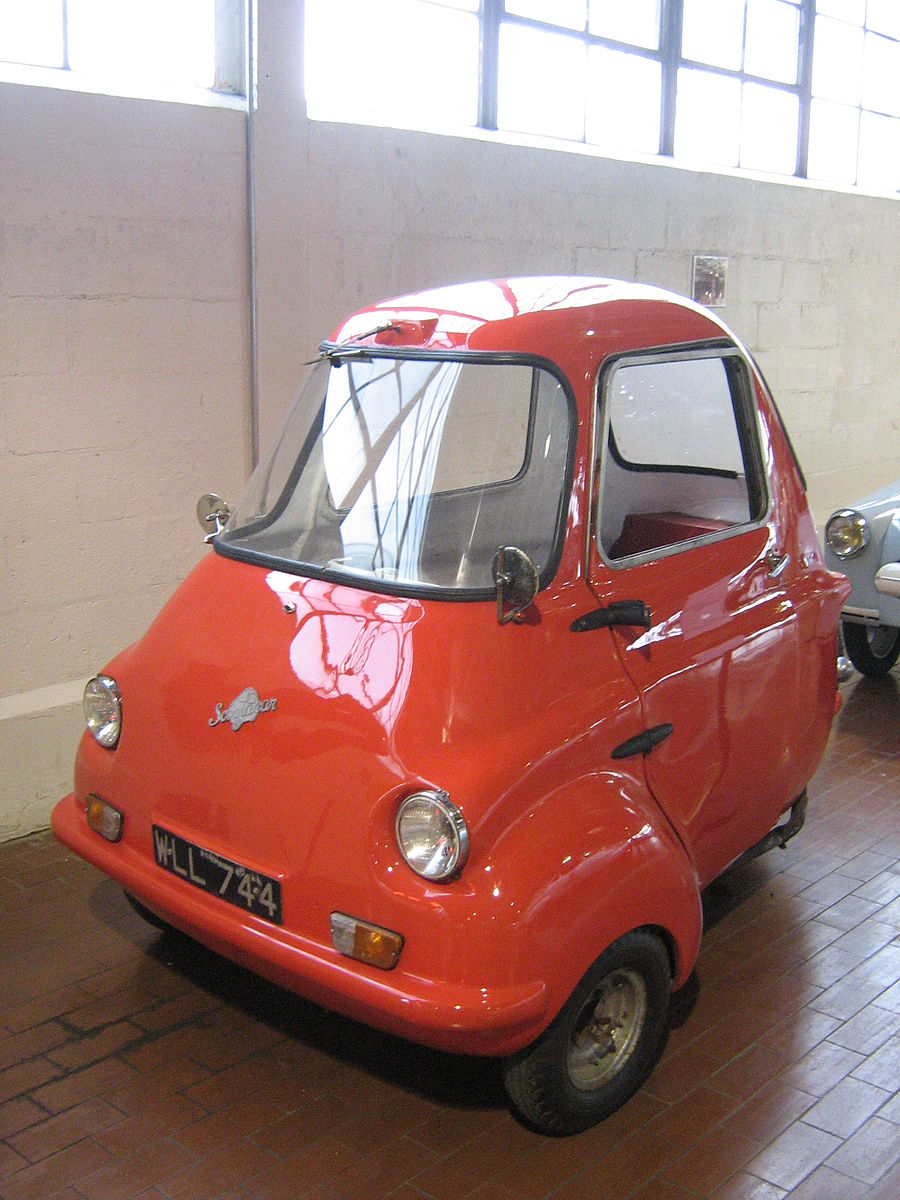In the annals of automotive history, there are certain vehicles that stand out for their uniqueness and innovation. One such remarkable creation is the Scootacar, a charming microcar that left an indelible mark on the roads of Britain during the mid-20th century. Despite its diminutive size, the Scootacar captured the imagination of drivers and became an enduring symbol of efficient urban transportation. Join us as we delve into the history and legacy of this iconic microcar.
A Compact Solution for Modern Times
The Scootacar was born out of the post-World War II era, when the need for affordable and practical transportation was paramount. Designed by British engineer Henry Brown, the Scootacar was introduced in 1957 as a compact alternative to larger, fuel-hungry vehicles. It was intended to cater to the urban dweller seeking a nimble and economical mode of transportation in a rapidly changing world.
Innovative Design and Features
The Scootacar’s design was a testament to the ingenuity of its creators. With its petite dimensions and lightweight construction, the car embodied the concept of minimalism. The single-seater vehicle featured a fibreglass body that encased a tubular steel frame, providing a balance between strength and weight reduction. It boasted a unique three-wheel configuration, with two wheels at the front and a single drive wheel at the rear.
Despite its small size, the Scootacar offered a surprising level of comfort and convenience. The driver sat in a centrally positioned seat, surrounded by a minimalistic dashboard that housed essential controls. The car featured a small windshield, a foldable canvas roof, and even a rudimentary heating system. Its clever design and attention to detail made the Scootacar a practical and enjoyable mode of transportation.
Performance and Efficiency
Powered by a small two-stroke engine, the Scootacar offered modest performance suitable for urban driving. Its top speed reached approximately 50 miles per hour (80 kilometres per hour), making it ideal for navigating city streets and congested traffic. The lightweight construction and efficient engine contributed to impressive fuel economy, ensuring that the Scootacar remained an economical choice for motorists.
A Pop Culture Icon
Although the Scootacar’s production run was relatively short-lived, lasting until 1964, it managed to leave an enduring imprint on popular culture. Its distinctive design and quirky charm made it a recognisable sight on British roads during its heyday. The Scootacar even made appearances in television shows and films, further cementing its status as a cultural icon.
Collectors’ Delight
Today, the Scootacar has gained a cult following among automobile enthusiasts and collectors. Its scarcity and distinctive design have contributed to its desirability. Owning a Scootacar is like possessing a piece of automotive history, a reminder of a time when innovation and practicality took precedence over size and extravagance.
Preserving a Legacy
While the Scootacar may not have achieved mass-market success, its impact on the automotive industry should not be underestimated. It exemplified the spirit of ingenuity and adaptability that emerged during a transformative era. The Scootacar’s influence can be seen in subsequent generations of microcars and compact vehicles designed for urban environments.
The Scootacar, a microcar ahead of its time, encapsulated the desire for efficient and practical transportation in a changing world. Its compact size, innovative design, and enduring charm have secured its place in automotive history. Although the Scootacar’s production era may have been relatively short-lived, its impact on popular culture and the automotive industry remains significant. As we look back on the legacy of the Scootacar, we are reminded of the importance of thinking outside the box and embracing innovation in pursuit of creating efficient and sustainable modes of transportation. The Scootacar will forever hold a special place in the hearts of automotive enthusiasts, symbolising a time when small yet mighty vehicles made a big impression on the roads.


